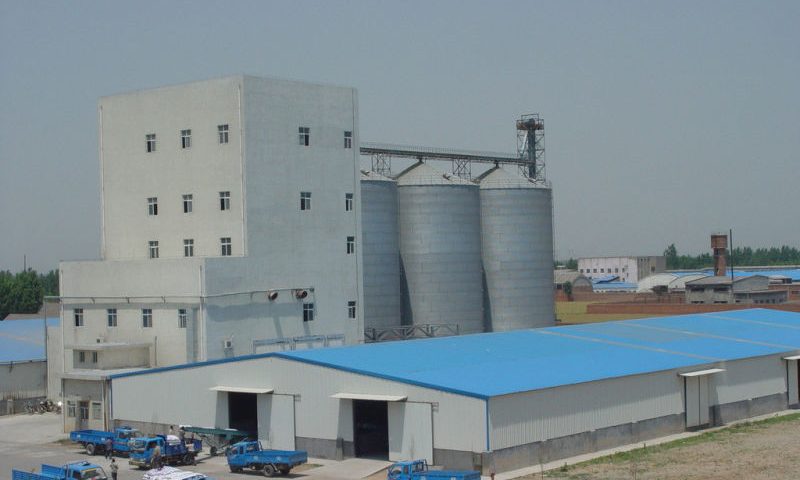Emergency eyewash for feed factories.

What causes Lysine feed additives shortages?
September 28, 2022Steel pipe Knowledge for feed additive factory construction
April 11, 2023Introduction
Emergency eyewash is an essential piece of equipment in any workplace where hazardous materials are used or stored. It is especially important in feed factories, as workers may be exposed to harsh chemicals, dust, and other materials that can cause serious eye injuries. This article will discuss the importance of emergency eyewash in feed factories, the various types of eyewash available, and the installation and maintenance of eyewash stations.
Importance of Emergency Eyewash in Feed Factories
Feed factories are places where chemicals, grains, and other materials are stored and used. As such, workers in these factories are at risk of exposure to hazardous materials, which can cause serious eye injuries. Emergency eyewash is essential in feed factories to ensure that workers can quickly and safely flush any hazardous material from their eyes.
The Occupational Safety and Health Administration (OSHA) requires that employers provide emergency eyewash in any workplace where hazardous materials may be present. This includes feed factories, as workers could be exposed to hazardous chemicals, dust, or other materials.
Types of Emergency Eyewash
There are several types of emergency eyewash available for feed factories, including:
1. Eyewash Stations: Eyewash stations are the most common type of eyewash in feed factories. These stations typically feature a bowl-shaped basin with a sprayer attachment. The sprayer is connected to a water supply, and users can activate it by pressing a lever or button. Eyewash stations are designed to provide direct and immediate access to water for flushing the eyes, and they can be used by multiple people at once.
2. Eyewash Bottles: Eyewash bottles are smaller, portable containers of eyewash solution. They can be carried around and used to flush the eyes in an emergency. However, they do not provide the same level of immediate access to water as an eyewash station.
3. Emergency Showers: Emergency showers are larger, more complex systems that provide an entire body spray of water. They are typically used in areas where workers may become exposed to more hazardous materials than an eyewash station can handle.
Installation and Maintenance of Emergency Eyewash Stations
It is important that emergency eyewash stations are installed and maintained properly. Eyewash stations should be located in easy-to-reach locations, typically within 10 seconds of the hazard. They should also be clearly marked and easy to activate.
In addition, eyewash stations should be inspected and maintained regularly to ensure they are functioning properly. The water supply should be checked for quality, and the nozzle should be checked for blockages or debris. The station should also be regularly cleaned to prevent the buildup of bacteria or other contaminants.
Conclusion
Emergency eyewash is an essential piece of equipment in feed factories. It is essential for protecting workers from eye injuries caused by hazardous materials, and it must be installed and maintained properly. This article has discussed the importance of emergency eyewash in feed factories, the various types of eyewash available, and the installation and maintenance of eyewash stations.






